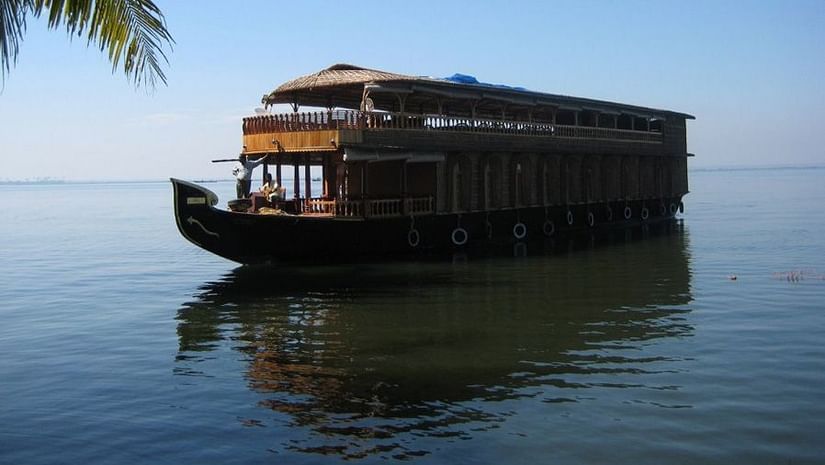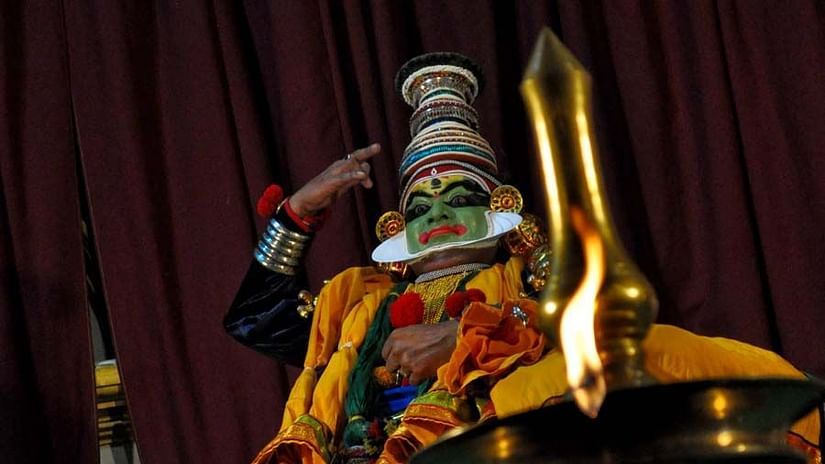AllNeemrana properties are 'non–hotel' Hotels because they were originally built for other purposes. All efforts have been made to maintain the old charm of The Tower House while ensuring more than the basic comforts that have come to be associated with the changes in lifestyle since the 17th century. The Tower House offers a unique experience of seeing and ‘living’ history along with a range of local excursions that help our guests unwind and rediscover themselves. Nothing about the Neemrana, which has one of the best heritage hotels in Kochi experience is ordinary. Walk out to the ancient Chinese fishing nets to experience how lanterns are used to attract and catch the fish at night. The Tower House also hosts anniversaries, birthdays and other memorable occasions.

Walk out to the ancient Chinese fishing nets to see how lanterns are used to attract and catch the fish at night. The contrast of the endless Chinese fishing nets and the countless modern ships in the distance showcase the India of today – an eclectic collection of tradition and modernity.

St. Francis Church
The St. Francis Church is the oldest European Church in India. It was originally built in 1503 and has great historical significance as a witness to the European struggle in India. The Portuguese explorer, Vasco da Gama, died in Kochi in 1524 when he was on his third visit to India. His body was originally buried in this church and moved to Lisbon after 14 years.

Backwaters trip
The Backwaters are where the sea, lagoons, lakes, and rivers of Kerala combine into each other, forming a tangled system of water surfaces. Unique to Kerala, this amazing region and special form of life of its inhabitants is truly memorable. Going by boat, one dives into a completely different world, consisting of nature and people belonging to it. In most cases, backwater tours include a visit to the miniature spice gardens, where you can observe all the plants and herbs which rendered the Malabar Coast into a highly admired region – making India the sought after and of spices.

The Indo-Portuguese museum in Fort Kochi is a confluence of Indian and Portuguese art and architecture. The museum is divided into five main sections which depict the outcome of the confluence. These sections are called Altar, Treasure, Procession, Civil Life and Cathedral. The highlights of the museum include an altar made in teak (16th century) from the Church of Our Lady of Hope, Vypeen; a chasuble (19th century) from Bishop's House, Fort Kochi; a processional cross, which is a combination of silver and wood (17th century) from Santa Cruz Cathedral, Fort Kochi; and an Indo-Portuguese Monstrance (18-19th century), from The Church of Our Lady of Hope, Vypeen.

Also known as the Mattancherry Synagogue, the Paradesi Synagogue is located in old Cochin, formerly known as Jew town. It is the oldest synagogue in all the Commonwealth Nations and is the only one of the seven synagogues in the area still in use. The complex has four buildings. It was built adjacent to the Mattancherry Palace temple on the land awarded to the Malabari Yehuden community by the Raja of Kochi.

Located at close proximity to the Tower House, the Mattancherry Palace was originally built by the Portuguese and presented to the Raja of Kochi – Veera Kerala Varma (1537-65) in 1555 AD. It was then taken over by the Dutch and several extensions and renovations were carried out in 1663, under their rule. Today, it is famous for its mythological murals and is one of the oldest buildings in Kerala.
The Mattancherry Palace temple and the Mattancherry Synagogue have a common wall connecting them.

Shipping in Lagoons
The lagoons in front of Ernakulam can be best discovered by ship. Watching the fishermen at work takes tourists back in to the time machine of old world India.

Kathakali Dancing Theater
Situated at the beginning of River Road is a unique Kathakali dance centre which is renowned for its special performance that entails a commentary in song along with the dance and mimic art of Kathakali. A must visit for all students of dance and music !

The Santa Cruz Cathedral Basilica is one of the eight Basilicas in Kerala. Counted as one of the heritage edifices of Kerala, this church is one of the finest and most impressive churches in India and visited by tourists the whole year round. It is a place of devotion as well as a center of historic significance, endowed with architectural and artistic grandeur and colours of the gothic style.
The basilica serves as the Cathedral Church of the Diocese of Cochin. It was built originally by the Portuguese and elevated to a Cathedral by Pope Paul IV in 1558, was spared by the Dutch conquerors who destroyed many Catholic buildings. Later, the British demolished the structure, and Gomes Ferreira commissioned a new building in 1887. Consecrated in 1905, Santa Cruz was proclaimed a Basilica by Pope John Paul II in 1984.